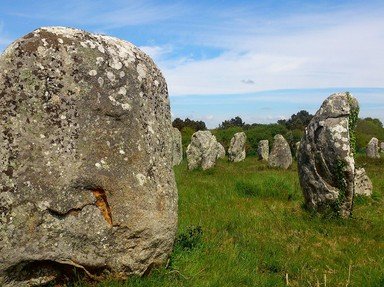Quiz Answer Key and Fun Facts
1. Who discovered the famous hominid fossilized footprints in 1978?
2. Where were the famous hominid fossilized footprints in the ash discovered?
3. Although the hominid fossilized footprints in the ash have been the source of a sometimes heated debate, how old are they believed to be?
4. The source of much debate, many scientists believe the fossilized footprints in the ash were made by which hominid species?
5. The hominid fossilized footprints in the ash were dated using two techniques. One is called potassium argon dating. What is the other, which studies rock layers and layering?
6. The discovery of the hominid fossilized footprints settled once and for all the debate regarding brain size and upright locomotion. What is locomotion where an organism moves by means of its two rear limbs or legs called?
7. How many individuals are believed to have made the fossilized footprints in the ash?
8. Other animal footprints have been found in the same strata as the fossilized hominid footprints.
9. Have any hominid artifacts been found in the same strata as the fossilized hominid footprints?
10. What happened to the famous hominid fossilized footprints in 1979 when the study was completed?
Source: Author
ponycargirl
This quiz was reviewed by FunTrivia editor
bloomsby before going online.
Any errors found in FunTrivia content are routinely corrected through our feedback system.

